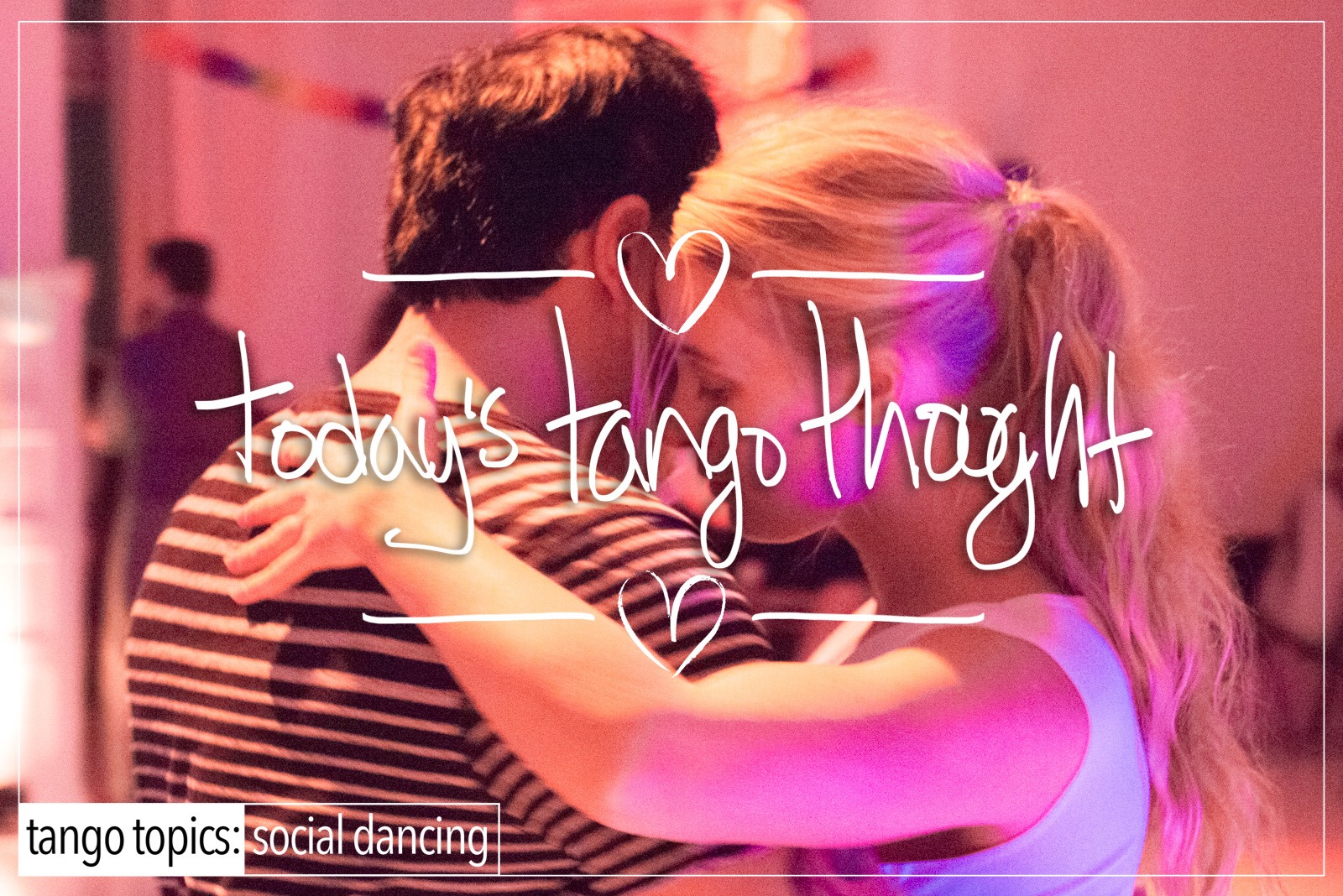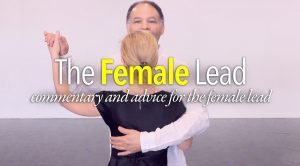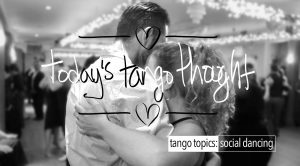There is a very popular idea in Tango that gets paraded around a lot, an idea which gets confused with Social Tango which is NOT Social Tango at all but rather is all about the steps, patterns, and figures is known as ‘Show’ Tango, ’Scenario’ Tango, ‘Stage’ Tango, ‘Fantasia’ Tango, or Presentation Tango.
Another way to talk about this kind of Tango which is best classified/described as Posing-Every-3-Steps-Performance-Tango-To-Overly-Dramatic-Music-From-The-Late-60’s-That-Resembles-A-Wrestling-Match that can not be used on a social dance floor, ever!
These are steps, patterns, figures that are taught as a way to sell classes or a teaching couple, to package what they do that works for them in a performance. This stuff can not actually be used in the line of dance because it’s usually too big. However if it is reduced, made smaller (which no one ever talks about or displays), then it may be used, possibly. However given the space and size of that planeos, boleos, colgadas, volcadas and what not takes up, generally not. However this is exactly what gets paraded around as ‘Social Tango’. It’s not. It’s Presentation Tango. The overly sharp bodily lines. The pointed toes, elbows, and legs. The very rough, and forceful movements. The huge, gaping steps, taking up oodles of space. The figures, after patterns, after more ‘steps’, repeated endlessly….all of which actually has no relationship to what’s happening in the music. This is Presentation Tango.
Presentation Tango does not work on a social dance floor. Ever. There’s no space for it. Especially in Buenos Aires or a crowded dance floor.
To be fair there are some good aspects of Presentation Tango. It does teach, and reinforce, that the dancer (not the couple), the individual, must focus on being clean in their execution of X, that they must employ good posture everywhere not just momentarily, that they must apply a bit of ‘spit & polish’ to everything that they do…from their walk to their embrace to their vocabulary choices within the line and lane of dance all within the musical construct of tango, vals, or milonga. However make no mistake, Presentation Tango has no place on a social dance floor, it should not be confused as Social Tango.











